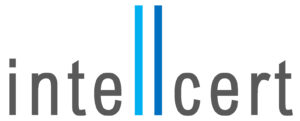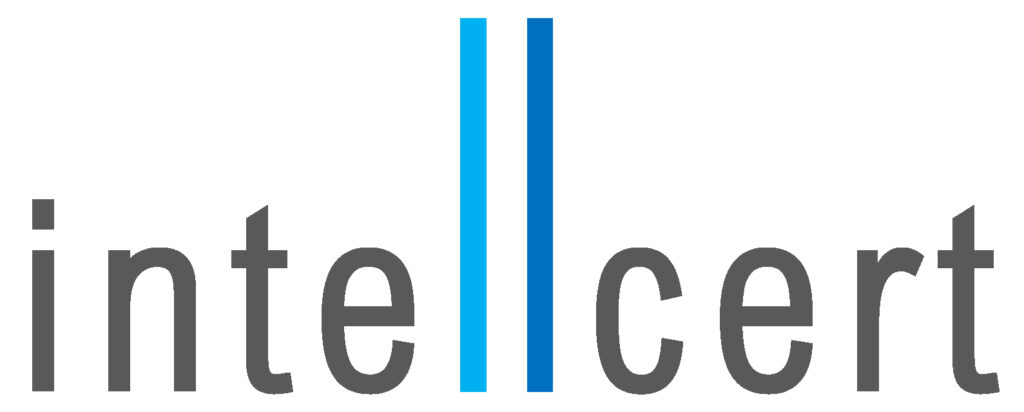Produktzertifizierungsprozess
The product standard certificate is a document that shows that a particular product meets all the requirements and standards set out in the relevant laws and regulations. This certificate ensures the quality, safety and proper functioning of the product and helps to build customer confidence.
Why is product standard certification important?
- Increasing customer confidence: Standard certification is a guarantee to customers that they are buying a high-quality and safe product.
- Facilitating exports: Many countries consider it necessary to have a standard certificate to import products.
- Reducing legal risks: A standard certificate protects companies from customer claims and legal obligations.
- Improving brand image: The standard certificate shows the company’s commitment to quality and compliance with standards.
Product standard certification process
The product standard certification process may vary slightly depending on the product type, desired standard and applying country. However, in general, it involves the following steps:
1. Choosing the right standard: First, you need to choose the right standard for your product. Standards can be national, international or industry.
2. Quality management system documentation: The company must document its quality management system against the chosen standard.
3. Initial assessment: An independent assessor assesses the company’s quality management system to confirm compliance with the standard.
4. Correction of nonconformities: If there are any nonconformities, the company must take the necessary actions to correct them.
5. Inspection and testing: The desired product is subjected to various inspections and tests to confirm conformity with the standard.
6. Issuance of certification: If all requirements are met, the company is issued a standard certificate.
7. Periodic inspections: The certified company must undergo regular regulatory inspections to ensure continued compliance with the standard.
Documents required for certification:
- Official application for certification
- Product description and production process
- Quality management system documentation
- Product samples for testing
- Other required documents based on the selected standard
Benefits of product standard certification:
- Increased competitiveness: Products with standard certification are superior in the competitive market.
- Access to new markets: Many markets require standard certification for product launches.
- Improved product quality: The process of certification helps to continuously improve the quality of products.
- Increased customer satisfaction: Customers trust more products that have standard certification.
Common standards for products include:
- ISO 9001: Quality Management System
- ISO 14001: Environmental Management System
- ISO 45001: Occupational Health and Safety Management System
- Industry-specific standards: e.g. standards of the food, pharmaceutical, automotive industries, etc.
Note: The standard certification process is a complex process and requires specialized knowledge and technical knowledge. It is recommended to seek advice from inspection and quality assessment companies to obtain a standard certificate.
A step towards quality and trust
The Product Certificate is a seal of confirmation of the quality, safety and conformity of a product to certain standards. This certificate not only reassures the consumer, but also brings many benefits to the manufacturer, including increasing sales and entering new markets.
General procedures for product certification:
1. Initial inquiry: The manufacturer or importer of the product submits the application for the issuance of the certificate to the relevant standardization organization by filling out the application form and providing the required documents. The required documents include product information, technical specifications, product samples, production licenses, etc.
2. Preliminary review of the application: The standards organization reviews the request and initiates the next steps if the documentation is complete. In case of deficiencies in the documentation, the applicant is given an opportunity to correct the deficiencies.
3. Preliminary review: The experts of the standards organization go to the production site or warehouse of the product and examine the product and the production process in detail. This verification includes evaluation of equipment, raw materials, production process, quality control, etc.
4. Required tests: Product samples are sent to trusted laboratories for various tests. Tests are conducted with the aim of verifying the conformity of the product with the set standards.
5. Documentation evaluation: The standards organization examines the technical documentation of the product such as technical specifications, production instructions, test results, etc.
6. Issuance of certificate (if approved): If the product meets all the desired standards, the standards organization issues the certificate. This certificate is usually valid for a specific period of time and needs to be renewed after that.
7. Periodic monitoring: The standards organization regularly visits the production unit and ensures the conformity of the product with the set standards.

